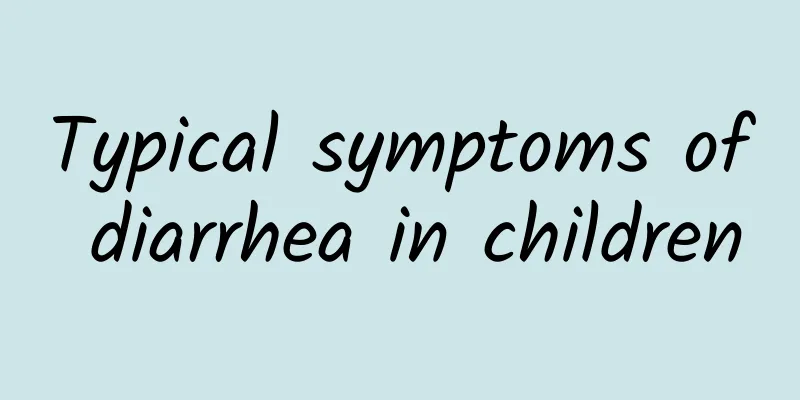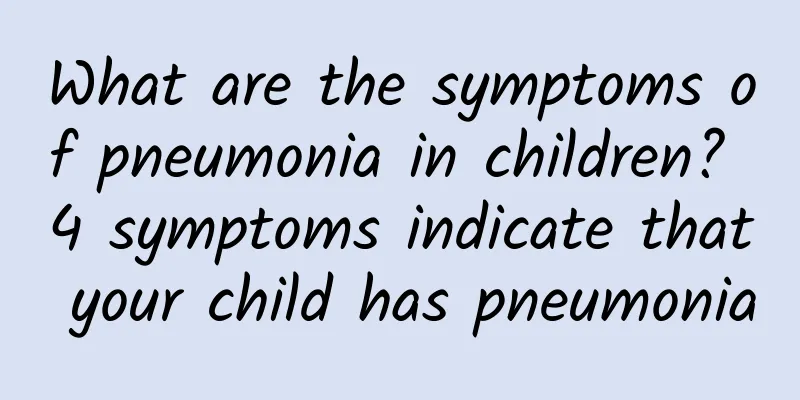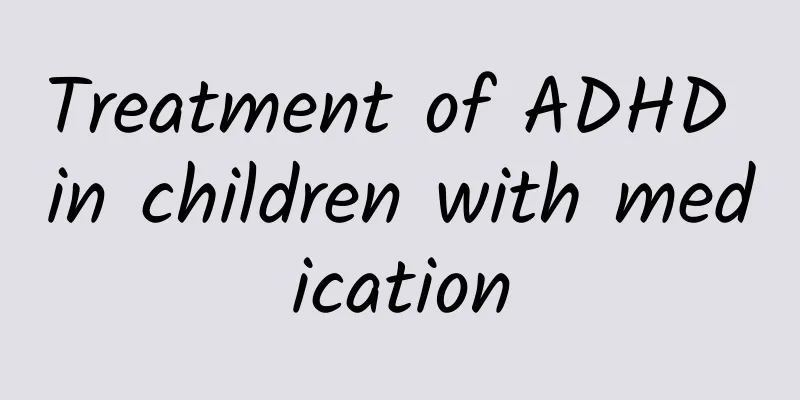Does Kawasaki disease affect life expectancy?

|
Will Kawasaki disease affect life expectancy? Kawasaki disease is a pediatric disease that is not uncommon in clinical practice. It not only brings serious impact and harm to children, but is also a huge disaster for a family because the disease can cause serious cardiovascular complications. So, will Kawasaki disease affect life expectancy? Experts explain that Kawasaki disease is generally not life-threatening, but if it is not treated in time and complications occur, it can be life-threatening. Invasion of the cardiovascular system is the main cause of death in Kawasaki disease patients. In the acute stage, it may cause myocarditis, pericarditis, heart failure or arrhythmia. 15 to 20 percent of Kawasaki disease patients may develop coronary artery aneurysms 1 to 3 weeks after onset, an average of about 10 days. More than 50 percent of coronary artery aneurysms disappear within 1 to 2 years, especially the common small and medium-sized coronary artery aneurysms with a diameter of less than 8 mm. As for giant coronary artery aneurysms with a diameter of more than 8 mm, they often fail to completely disappear in future follow-up, and are prone to thrombosis, causing acute myocardial infarction or coronary artery aneurysm rupture, both of which may cause sudden death. Myocardial infarction often occurs within 6 to 8 weeks of onset. In the future, after the coronary artery dilatation is healed, scar tissue may cause coronary artery stenosis or calcification, causing myocardial hypoxia. The prognosis of this disease is generally good, and most children can recover on their own. The mortality rate has dropped to less than 1%, and about 2% will relapse. In addition, some cases have early lymphadenopathy, which is unilateral or bilateral, non-suppurative, and subsides after a few days. Sometimes the swelling spreads to the submandibular area, and is even misdiagnosed as mumps. The lymphadenopathy is limited to the anterior triangle of the neck, is painless, and rarely spreads to other parts. In the second week of the disease, some children have peeling of their hands and feet, which starts from the transition of the nail bed. Some may first show perianal desquamation, which requires our attention. |
<<: How to prevent Kawasaki disease in daily life
>>: What are the common examination methods for suspected Kawasaki disease?
Recommend
What tests should be done for acute laryngitis in children
What tests are done for acute laryngitis in child...
What should I do if my baby keeps coughing? How should I treat my baby's coughing?
When your baby keeps coughing, you must go to the...
Answers to questions about the contents of mid-term examination for children with kidney disease
Children are a group that is prone to kidney dise...
Can Rhizoma Cyperi cure neonatal jaundice?
Can Rhizoma Cyperi cure neonatal jaundice? 1. Pas...
Is polio hereditary?
Polio is generally not inherited. It is an infect...
Can children eat crabs when they have a cough? How to adjust the diet of children with a cough
If a child has a cough, it is not suitable to eat...
Children with diarrhea, vomiting and diarrhea
If children have diarrhea accompanied by vomiting...
What does jaundice look like?
Jaundice first causes a yellow discoloration of t...
Mumps prevention and health care in daily life
It is very common for children to develop mumps i...
The harm of persistent cough caused by pneumonia in children
Pediatric pneumonia is a common disease in childr...
What causes jaundice in newborn babies?
High jaundice in newborn babies may be related to...
What medicine is better for children with dry cough? What are the causes of children's dry cough?
Nowadays, children are the hope of every family, ...
How to care for children with acute laryngitis
How to care for children with acute laryngitis? I...
What is malnutrition? What are the symptoms of malnutrition?
Malnutrition can cause patients to have difficult...
What is the normal value of jaundice in children?
The jaundice value is generally the total serum b...









